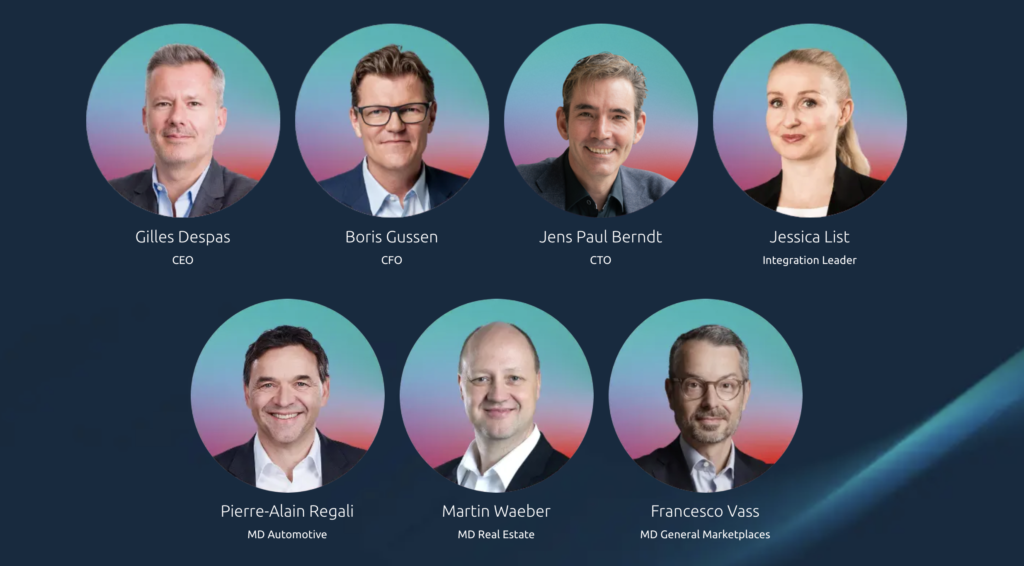In this article, I will share our journey of migrating from legacy native apps to Flutter, the challenges we faced, and the impact it had on our development process, team efficiency, and overall product experience.
The Challenge: Legacy Native Apps and Growing Complexity
For over a decade, our mobile apps relied on separate legacy codebases for iOS and Android. While these codebases were instrumental in our early success, managing two distinct platforms became increasingly unsustainable:
Maintenance Overhead: Managing two codebases demanded significant engineering resources. Updates, bug fixes, and ongoing support became increasingly time-consuming, resulting in rising operational costs.
Scaling and Innovation Challenges: Adding new features required duplicating efforts across both platforms, leading to delays and longer time-to-market. Meanwhile, technical debt had accumulated in the legacy code, making innovation harder and further slowing our development process.
The Solution: Adopting Flutter
To address these challenges, we evaluated several cross-platform frameworks. Flutter, Google’s UI toolkit, emerged as the ideal choice due to its clear advantages:
Unified Codebase: Flutter’s “write once, run anywhere” philosophy allowed us to consolidate iOS and Android development into a single codebase, significantly reducing development and maintenance efforts.
Expressive and Flexible UI: Flutter’s declarative UI framework made it easy to create pixel-perfect, responsive designs that matched the performance of native apps.
Rapid Development: The Hot Reload feature sped up our development process, enabling near-instantaneous updates and faster iteration cycles.
Active Community and Ecosystem: Flutter’s vibrant community provided a wealth of resources, libraries, and support, helping us build efficient solutions more quickly.
The Migration Process: A Smooth Transition
Switching from our long-standing native apps to Flutter required careful planning and execution. Here’s how we ensured a seamless migration:
- Strategic Planning: We conducted an in-depth analysis of our apps, identifying common features across platforms and prioritizing critical elements for migration to achieve early wins.
- Re-architecture and Rewrite: Rather than simply porting code, we re-architected and re-implemented the apps in Flutter. This allowed us to eliminate legacy technical debt and adopt modern, scalable practices.
- Developer Up-skilling: The transition wasn’t just about technology; we also prioritized up-skilling our developers. By attending Flutter conferences, participating in workshops, and fostering collaborative development, we ensured a smooth transition and strengthened teamwork.
- Thorough Testing: We heavily invested in testing, including automation and user acceptance tests, to ensure the quality and stability of the new apps before launch.
The Impact: Clear Results
Migrating to Flutter has delivered measurable results in several key areas:
90% Code Sharing: With a unified codebase, we now support all four of our production apps, significantly reducing development and maintenance costs.
Reduced Engineering Effort: Our team is now half the size it was before, enabling us to allocate resources to other critical business areas and improve overall efficiency.
Faster Time-to-Market: New features, bug fixes, and updates are deployed much more quickly, helping us stay competitive and better serve our users.
No Quality Sacrifices: Our new Flutter apps deliver native-level performance, providing a seamless, consistent experience across both iOS and Android.
Lessons Learned: Every Framework Comes with Unique Challenges
Although the migration was a success, it came with its own challenges:
Initial Learning Curve: Up-skilling developers required time and effort, but the long-term benefits made it worthwhile.
Platform-Specific Customization: Certain platform-specific features required extra work to integrate smoothly into the unified codebase.
By proactively addressing these challenges, we paved the way for a smoother transition.
Start Your Flutter Journey
Migrating to Flutter was a game-changing decision for us. It helped reduce costs, accelerate development cycles, and unlock new opportunities for innovation. If you’re facing similar challenges, consider exploring Flutter – it could transform your development process too.

Author
Lanh Vo
Senior Mobile Engineer & Tech Lead
Automotive

